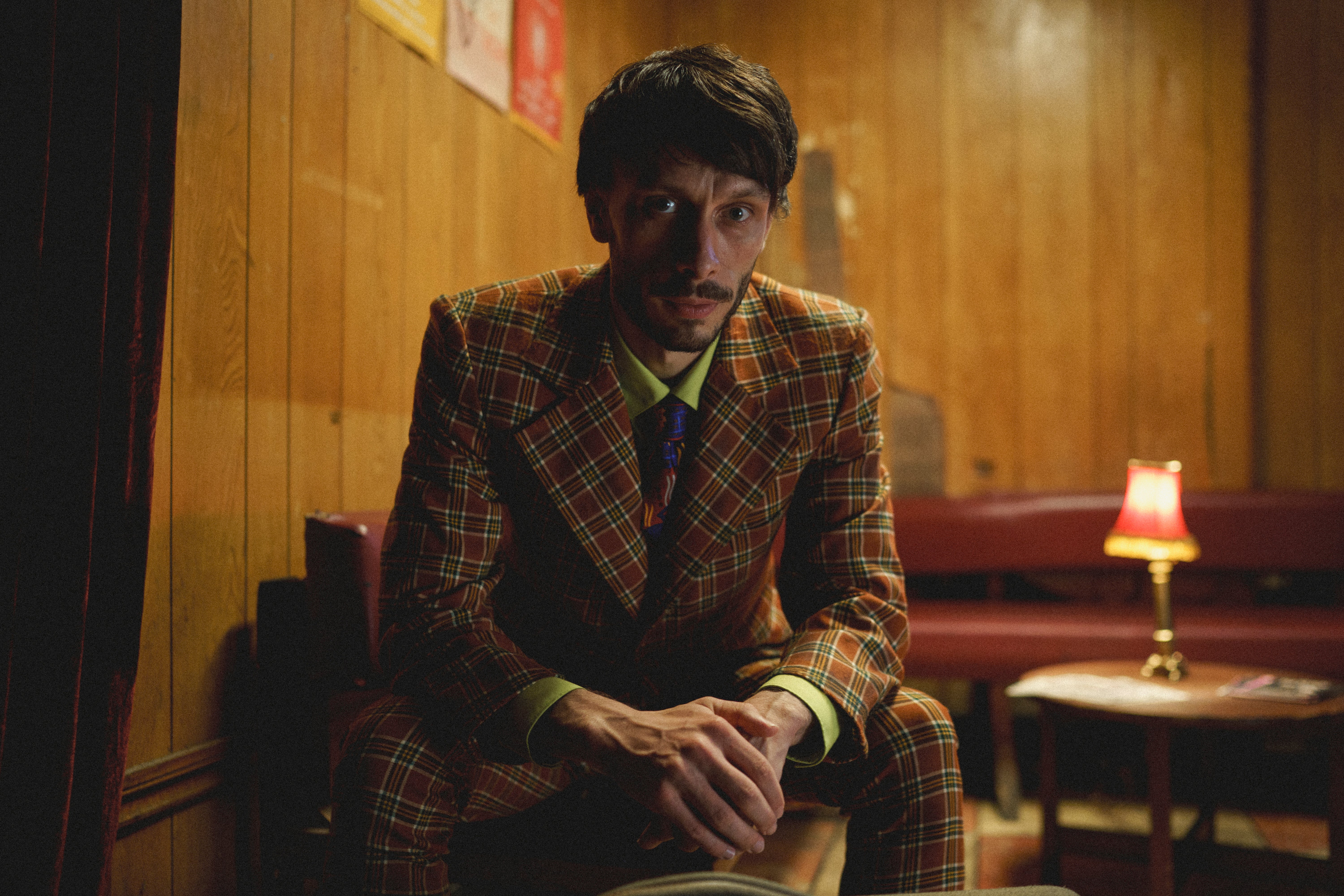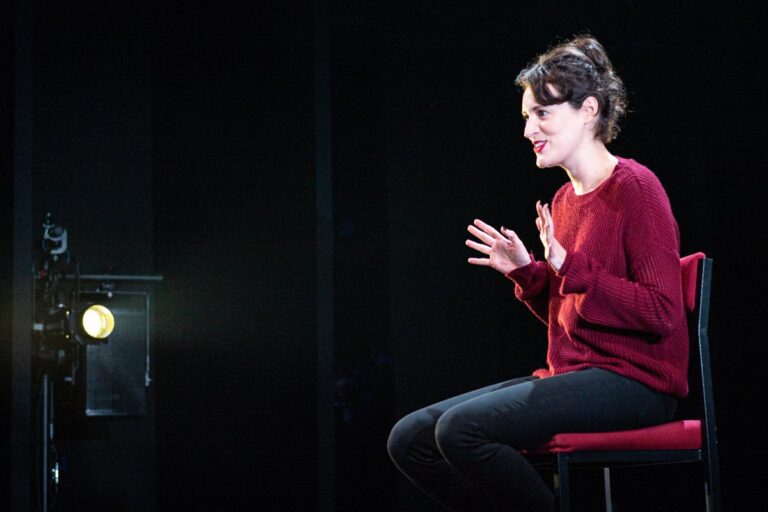When the TV channel Dave announced it was scrapping its long-running Joke of the Fringe award, I felt a weird mixture of relief and trepidation. Yes, the widely publicised one-liners increasingly felt like a bit of a disservice to all the actual comic genius you’ll find at the world’s biggest arts festival (2023’s Lorna Rose Treen winner “I started dating a zookeeper, but it turned out he was a cheetah” was only ammo for pub bores across the land to say they could do better). But all the same, it’s this kind of mainstream attention that makes the Fringe what it is: a place where hit shows like Fleabag and Baby Reindeer emerge from dingy tents, and comedy legends from Bridget Christie to Sacha Baron-Cohen to Miranda Hart find their feet, victors of a fevered battle against the odds, the Scottish rain and public indifference. The loss of Dave’s headline-grabbing annual award feels like a warning sign. Is the fest coming dangerously close to losing its relevance?
Before the pandemic, the story of Edinburgh Fringe was one of unstoppable growth and opportunity. Each year, press releases trumpeted the “biggest arts festival to date” line, as it ballooned from a plucky band of eight companies in 1947 into an event with 3,548 shows at its still-unsurpassed peak in 2018. But in recent years, some of its sheen has worn off.
The tide started turning in 2017, when activist group Fair Fringe drew attention to the appalling pay and living conditions of Fringe workers in roles that stretched the term “volunteer” beyond its reasonable limits. Meanwhile, outcry gathered as profiteering festival landlords began to distort the city’s housing market, all year long. But it wasn’t until the festival started to get back up to speed after the fallow Covid years that these issues dominated the conversation.
Wasn’t the pandemic-induced break meant to be an opportunity to build back, better? Instead, accommodation costs have since soared to new heights: “I can’t afford Edinburgh Fringe accommodation – so I’m sleeping in a tent,” said cash-strapped comedian Narin Oz in The Times. A recent Guardian article warned that university comedy revues are struggling to afford the festival, where comedians from John Cleese to Ed Gamble cut their teeth as students. Leeds Tealights paid £6,500 for their accommodation this year, in a huge increase on the £4,000 spent in 2023.
And key venues have struggled, too. This year feels artistically depleted by the absence of influential venue Paine’s Plough Roundabout, which presented some of the festival’s biggest success stories, including hit West End musical Kathy and Stella Solve a Murder! in a tent in Summerhall courtyard. Funding challenges, too, have meant that this year’s International Festival is presenting a diminished programme of local shows. In a major financial blow, key sponsor Johnnie Walker has pulled out after six years, and the Fringe has struggled to attract new corporate sponsors – many of whom are spooked by the idea of funding the arts, when highly publicised campaigns have forced institutions to reject backing from Baillie Gifford (Edinburgh Literary Festival) and Shell (National Gallery).
So many of the Fringe’s problems could be solved by a massive injection of cash: to subsidise performers’ costs, to shore up struggling venues, to make sure everyone’s paid fairly. But outgoing Fringe Society director Shona McCarthy sounded a gloomy note as she left her role this spring. “This festival is not seen as something that you invest in,” she said. “It’s seen as something that’s a money-spinner that you can extract from. And I think that’s a real problem.” As she reminded us, the Fringe is the third-biggest ticketed event in the world, after the Olympics and the Fifa World Cup. But while those cultural institutions are given billions in funding by both governments and corporate sponsors, the Fringe is funded in a piecemeal fashion. Its biggest investors are the impecunious artists and comedians who shell out for accommodation and venue hire each year, in the hope of making it big.
Last year’s scandal over box office takings at Summerhall highlighted that central unfairness. Artists who’d brought shows to the venue were left out of pocket by up to £15,000 each, after their ticket income was caught up in a corporation tax dispute with HMRC (they eventually got their money back in January this year). It’s this kind of situation that risks deterring future artists from bringing work to the Fringe – and artists’ confidence matters, because although the outside world might love an overnight success story, the truth is generally less romantic.
Baby Reindeer seemed like an overnight sensation when it debuted on Netflix in 2024. In reality, its success was years in the making. Richard Gadd had premiered the play at Summerhall in 2019, after nearly a decade of bringing dark, disturbing and increasingly successful shows to the fest (including another stalker narrative, 2013’s Cheese & Crack Whores). As his trajectory shows, mainstream success only comes when artists have had time and space to trial their work on the fringe, in front of crowds who are uniquely receptive to brave experiments. But they can only keep going if they can afford to.

The Edinburgh Fringe is a hard sell for corporate sponsors, due to its uncurated messiness, its profiteering landlords and its boundary-pushing artistic values. Still, what’s heartening is the way that arts industry leaders are increasingly dreaming up new ways to make sure the Fringe lives up to its own mythos, as a place where luminous new talents can emerge from tiny dark spaces.
Francesca Moody, the producer who famously locked Phoebe Waller-Bridge in a room until she finished the script for her Edinburgh hit turned telly sensation Fleabag, is running a new Fringe venue this year. Shedinburgh has a uniquely nurturing model: it pays artists’ travel and accommodation, plus a fee or box office split, whichever is higher. Another break with tradition comes courtesy of The Keep It Fringe Fund, which launched in 2023 with a £50,000 donation from Waller-Bridge, the honorary Fringe Society president. Now, the fund has secured UK government funding that means it can support 180 shows a year with grants of £2,500, prioritising working-class and disabled artists who might otherwise struggle to attend.
In some ways, these measures are drops in the ocean. But they do suggest a key shift. Historically, the Edinburgh Fringe prided itself on being an open-access festival where anyone could turn up and try their luck – provided they didn’t expect a leg up beyond a listing in the programme. Now, at least, there’s an understanding that the Fringe will only live up to its promise if it supports its participants to take risks in an increasingly tough economic landscape. Changing the Edinburgh Fringe will be costly – but it can’t afford to stay still.


